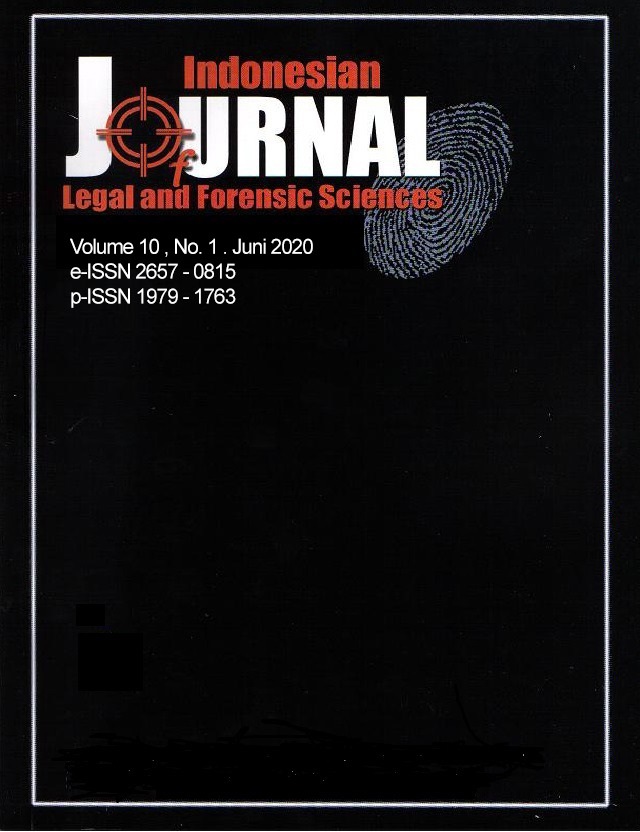GENOTOXICITY EFFECT OF CHLOREXIDINE
Abstract
Chlorexidine is a mouthwash that is chosen by many dentists as an antiseptic and antibacterial. CHX has bactericidal properties in gram-positive and negative bacteria and fungi. Chlorhexidine causes damage to the permeability of bacterial cell membranes so that cytoplasmic fluid in bacterial cells and other cell components with lower molecular weight from inside the cell penetrates out through the cell membrane, causing the bacteria to die. Much research has been done to study the biocompatibility of composite resins, especially cytotoxicity and genotoxicity testing. Genotoxicity tests that are often done are comet tests to see DNA damage and micronuclei tests to see genome damage. CHX increases Fe-dependent lipid peroxidation by splitting oxygen bonds with iron ions in Fentonlike reactions, producing alkoxyl radicals. The ROS reaction of unsaturated lipids on cell membranes and plasma lipoproteins results in the formation of lipid peroxide (malondialdehyde) which can chemically alter proteins and bases nucleic acid. The content of chlorexidine can have genotoxic effects.
Keyword: Genotoxic, Chlorexidine, comet assay, micronuclei assay



















